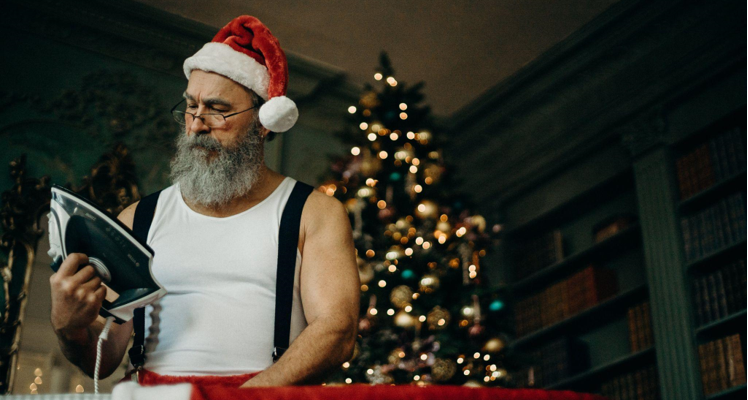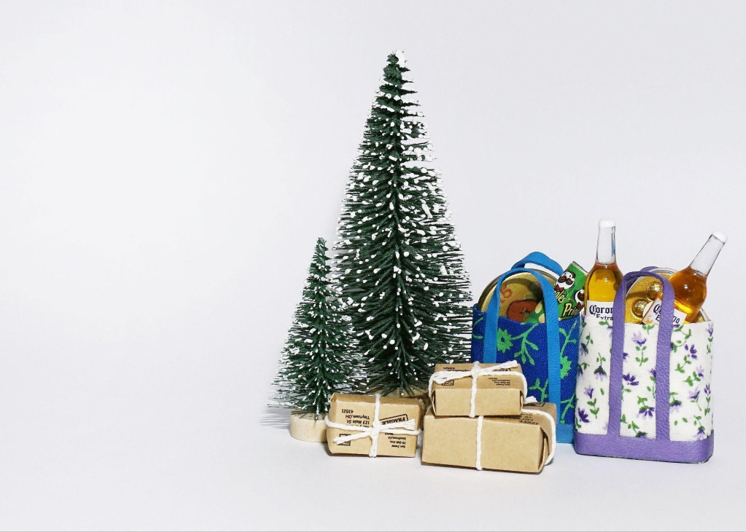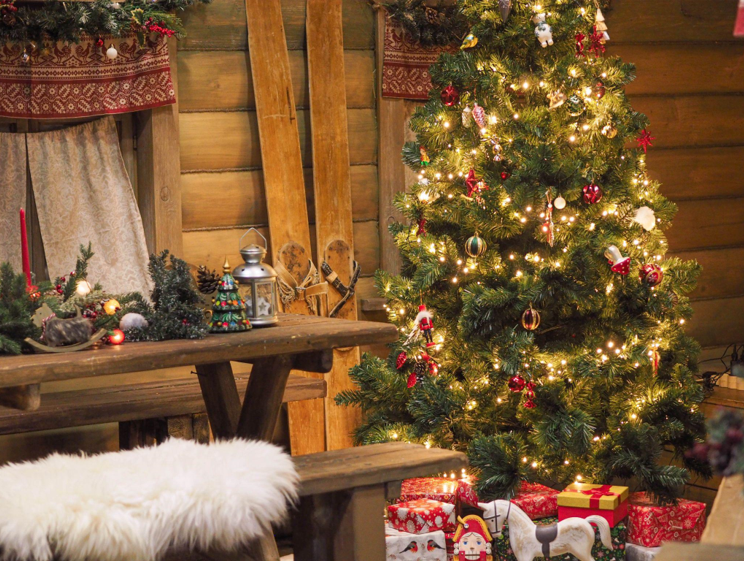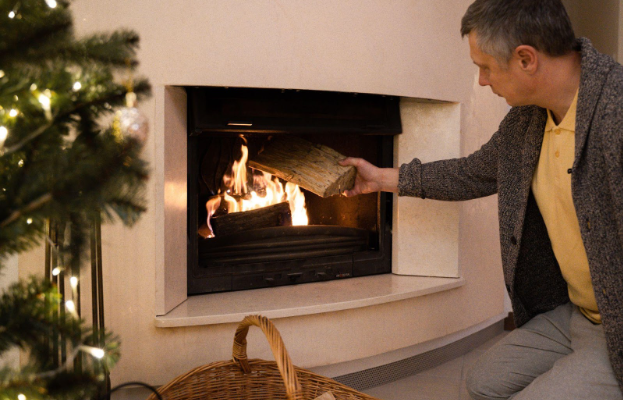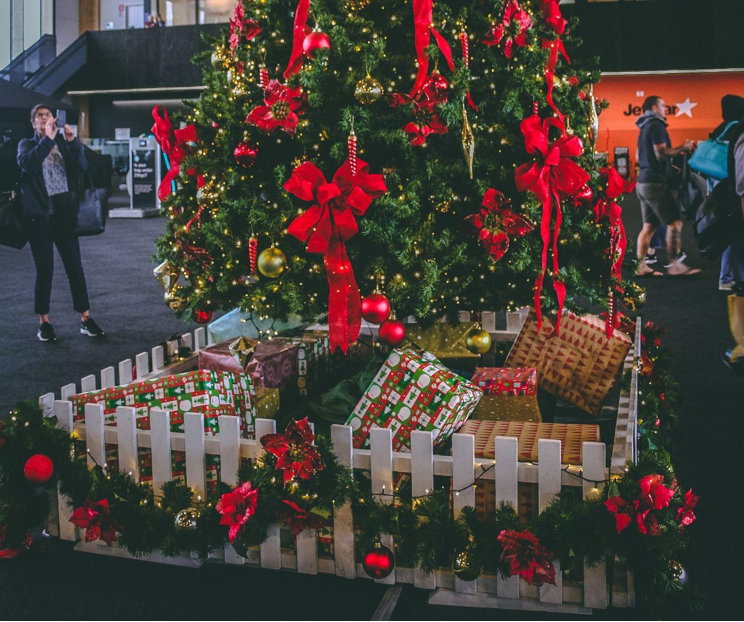Nature at its Finest
Genesis Ranch, located in the heart of Immokalee, FL, is an oasis of nature and tranquility. Surrounded by acres of lush greenery, stunning landscapes, and serene water bodies, it is a perfect venue for those seeking a rustic and picturesque setting for their special events.
One of Genesis Ranch’s most remarkable features is its beautiful nature. The ranch boasts an array of flora and fauna, including majestic oak trees, vibrant wildflowers, and abundant wildlife. Guests can stroll through the scenic trails and soak in the breathtaking views of the surrounding area.
The ranch’s natural beauty and serene atmosphere make it an ideal location for a romantic and intimate ranch wedding. Couples can exchange their vows amidst the picturesque landscapes, surrounded by their loved ones. The rustic charm of the ranch adds to the ambiance and creates a memorable experience for all.
Creative Photography
Genesis Ranch is a photographer’s paradise. The ranch’s scenic beauty and rustic charm make it an excellent location for creative photography. Photographers can capture stunning shots of the bride and groom against lush greenery, majestic oak trees, and serene water bodies.
The ranch’s natural beauty is also an ideal setting for family portraits or holiday photoshoots. Its rustic charm and stunning natural landscapes create a perfect backdrop for capturing cherished moments.
Celebrating Christmas at Genesis Ranch
The holiday season is magical, and Genesis Ranch is the perfect location for a memorable Christmas celebration. The ranch’s rustic charm and serene surroundings make it an ideal venue for family gatherings, corporate parties, or any festive occasion.
Guests can enjoy a cozy Christmas experience surrounded by the ranch’s stunning nature and scenic beauty. The ranch’s spacious outdoor area is perfect for hosting a festive barbecue or bonfire, while the indoor areas provide a warm and inviting atmosphere for a cozy holiday gathering.
In conclusion, Genesis Ranch in Immokalee, FL, is ideal for those seeking a serene and picturesque setting for their special events. Its natural beauty, combined with the ranch’s rustic charm, creates a memorable experience for all. Whether it’s a romantic ranch wedding, a creative photography session, or a festive Christmas celebration, Genesis Ranch offers a unique and unforgettable experience.
